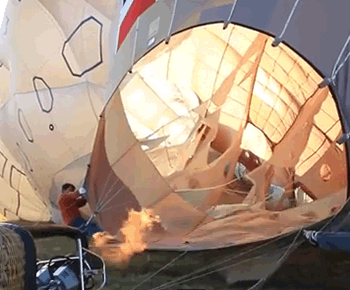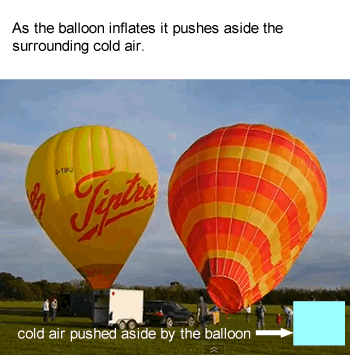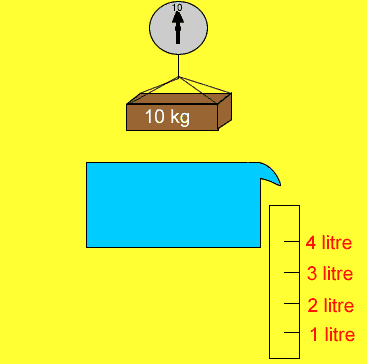
Pushing water to one side is called displacement of water. Giant cargo vessels may weigh thousands of tons but they displace thousand of tons of water, which is why they do not sink.
What keeps both the boat and
the hot air balloon afloat?
Buoyancy!
There is a force keeping these from sinking or falling from the sky.
We always think of buoyancy as relating to sea vessels but hot air balloons
also use this force to lift off the ground.

Buoyancy is an upward force exerted by a fluid, such as water or air, that opposes the weight of an immersed object. This force increases as the amount of displaced fluid increases. Balloons are objects immersed in a fluid, cold air, and displace this fluid by inflating. Hot air is pumped into the balloon pushing the walls outward to inflate the balloon.



